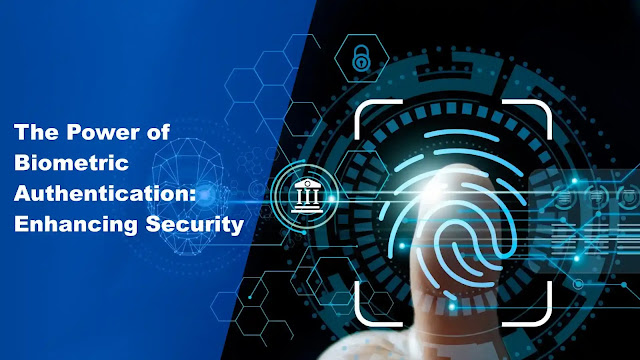
In today’s digital age, Biometric Authentication stands out as a beacon of enhanced security. Let’s delve into how this advanced technology is revolutionizing the way we safeguard our digital assets.
Understanding Biometric Authentication
Biometric authentication utilizes unique biological characteristics such as fingerprints, iris patterns, or facial recognition to verify an individual’s identity. Unlike traditional passwords or PINs, biometrics cannot be easily duplicated or stolen, offering a more secure authentication method.
Enhanced Security Measures
By implementing biometric authentication, businesses and organizations can significantly bolster their security measures. This technology provides a multi-layered defense against unauthorized access, minimizing the risk of data breaches and identity theft.
User Convenience and Accessibility
One of the key advantages of biometric authentication is its user-friendly nature. Users no longer need to remember complex passwords or worry about forgetting them. With a simple scan of their biometric data, they can swiftly access their accounts or sensitive information.
Applications Across Industries
From banking and finance to healthcare and government sectors, biometric authentication is being adopted across various industries. It ensures secure transactions, protects confidential patient data, and strengthens national security measures.
Future Trends and Innovations
As technology evolves, so does biometric authentication. Innovations such as behavioral biometrics, which analyze typing patterns or mouse movements, are paving the way for even more robust security protocols. These advancements promise a future where digital interactions are not only secure but also seamless.
Transitioning Towards a Secure Future
In conclusion, biometric authentication is more than just a security measure; it’s a transformative technology that ensures both security and convenience. As businesses and individuals embrace this technology, the landscape of digital security will continue to evolve, offering safer and more reliable ways to protect valuable information.
Conclusion
The adoption of biometric authentication marks a significant leap forward in digital security. Its ability to provide robust protection against cyber threats while enhancing user experience underscores its importance in today’s interconnected world. Embracing biometric technology is not just a trend but a necessary step towards a safer digital future.
By integrating biometric authentication into everyday practices, businesses and individuals alike can mitigate risks effectively while enjoying the ease of secure access. As we look ahead, the role of biometrics in safeguarding sensitive information will only grow, ensuring a more resilient and secure digital environment for all.